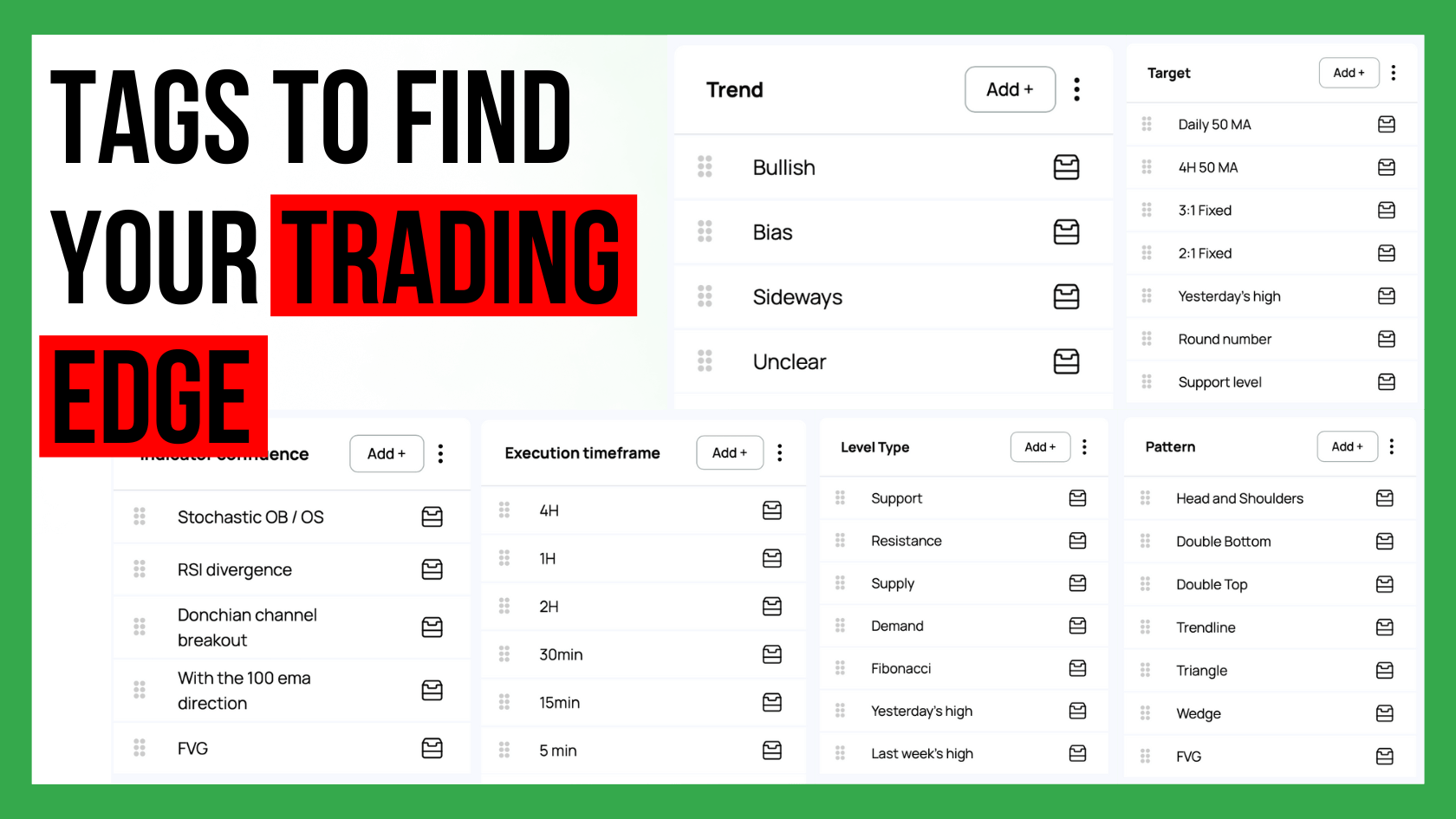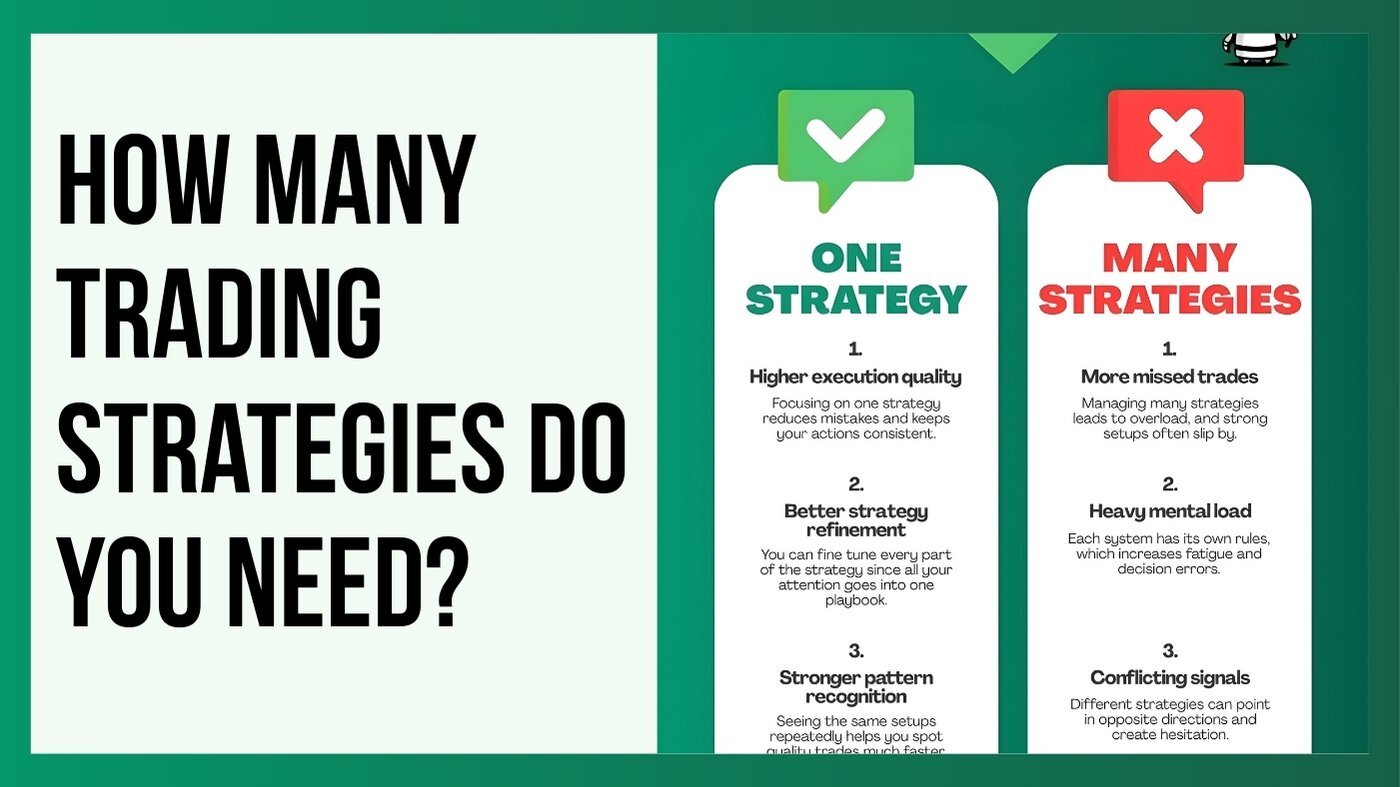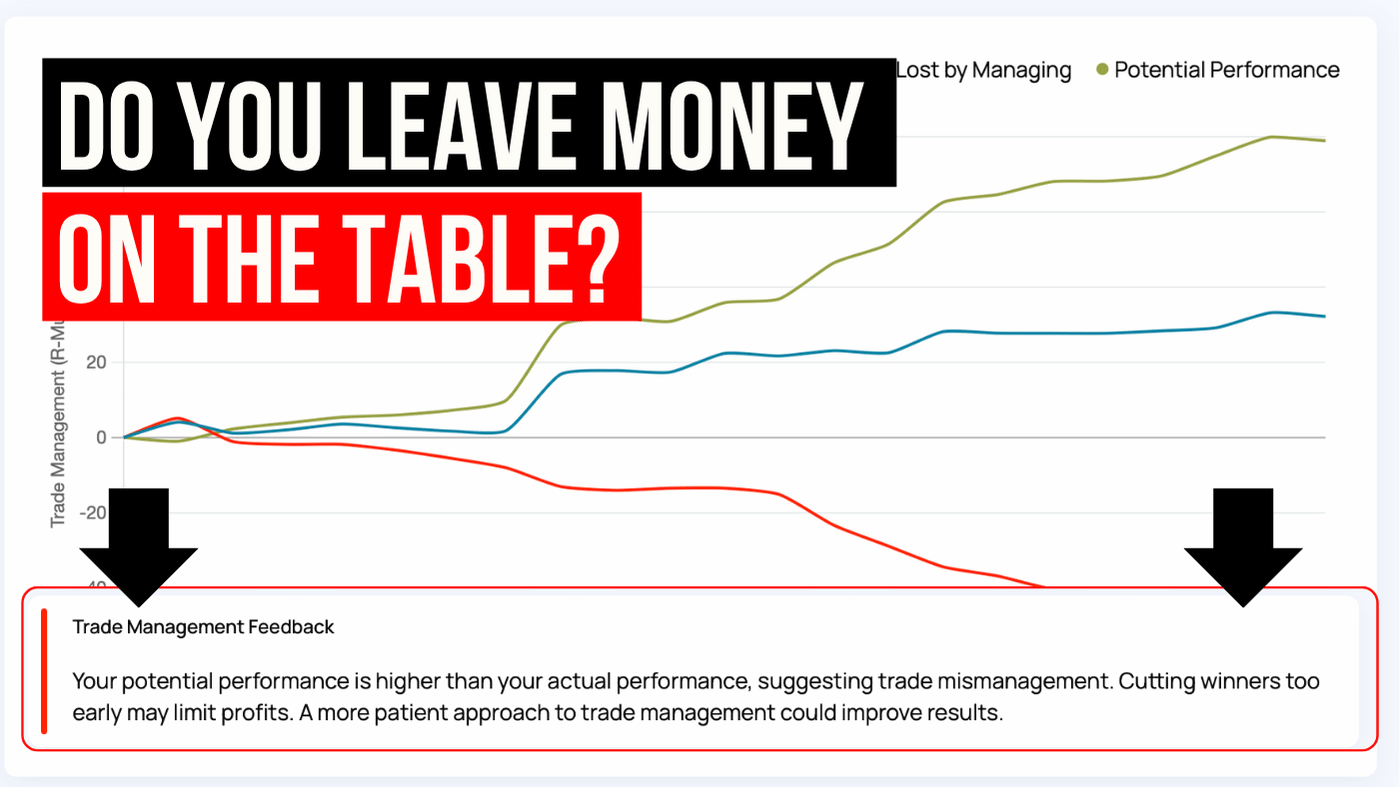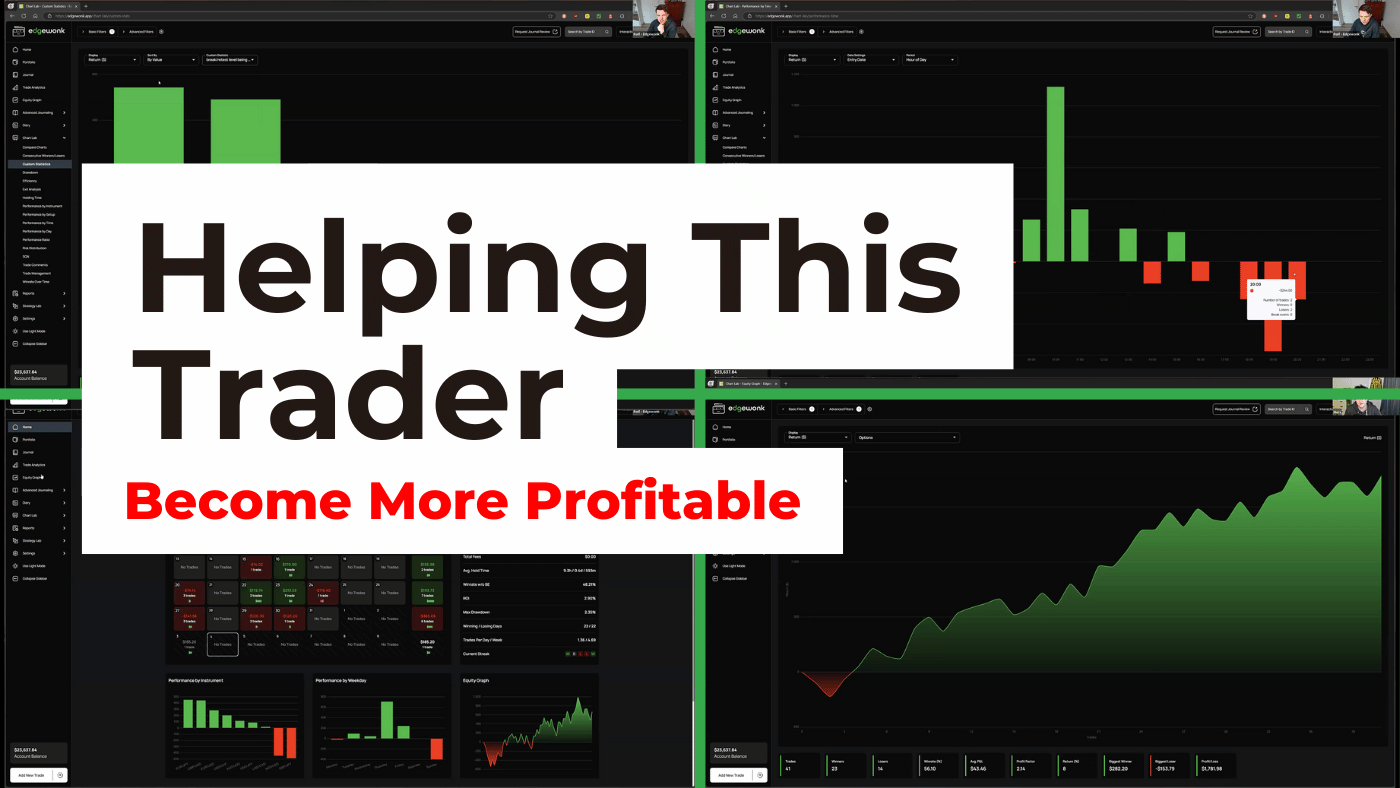Top Custom Trading Statistics Every Trader Should Track
Custom statistics can turn a trading journal into a powerful source of insight because they show the specific conditions that shape your performance....
In this special edition of the Edgewonk Review, Rolf and Moritz, the founders of Edgewonk with over 25 years of combined trading experience, analyze one of Edgewonk's customer’s trading journals.
The trader is averaging 1.36 trades per day and holding positions for around 9.3 hours, positioning him somewhere between a short-term swing trader and an active day trader. While he is profitable, with a profit factor of 1.2, there’s still significant room for improvement in trade management, execution, and risk control.
By identifying key trading patterns, risk management issues, and execution inefficiencies, we provided actionable insights to help refine his strategy and improve his results. Below, we break down the most important takeaways and key areas for improvement.
The trader is profitable, but his equity curve lacks consistency. While it's moving in the right direction, it’s not as smooth as it could be.
His win rate is 44%, and his average win is only slightly larger than his average loss, making his edge weak—especially after factoring in fees.
Losing and winning days are too similar in size: The average winning day is $148, while the average losing day is $124. Ideally, winning days should be at least 1.5x larger than losing days.
Biggest losing day is larger than his biggest winning day: This means it takes multiple winning days just to recover from one bad session, which is psychologically tough.
Avoiding Sunday trades: The trader has taken some Sunday night trades, where spreads are wide and volatility is unpredictable. These trades have been consistently unprofitable.
His comments reveal that he is often eager to trade and may force trades due to impatience.
Exits need improvement: His average trade reaches 87% of his target, yet he exits at 70%, meaning he's leaving profits on the table.
Managing emotions during exits: He frequently closes trades out of fear rather than following his plan.
The trader is trading too many different setups—11 in total! This makes it hard to develop consistency. Focusing on only 3–4 setups would simplify decision-making and improve execution.
The trader is active almost 20 hours per day, which isn’t sustainable. Trading across multiple sessions could lead to fatigue and poor decision-making.
He often uses pending orders, but has admitted in his notes that he forgets to remove them, which results in unnecessary losses.
Great journaling habits: His notes are structured and detailed, including sections like “What did I do right?” and “What did I do wrong?”
His system is profitable when followed correctly: When he executes trades according to plan, his profit factor jumps to 2.0+, and his win rate improves to 50%+.
This trader is on the right path but needs to fine-tune his execution, risk management, and trading routine. The good news is that his system works when followed properly. By making small but effective adjustments, he may dramatically increase his profitability and consistency.
If you’d like your own trading journal reviewed, check out the journal request service!
Happy journaling!

Custom statistics can turn a trading journal into a powerful source of insight because they show the specific conditions that shape your performance....

Choosing how many trading strategies you should trade is one of the most important decisions for long term success. Many traders believe that more...

Many traders know how to enter a position but become uncertain once the trade is active. This is the moment when emotions influence decisions, exits...
